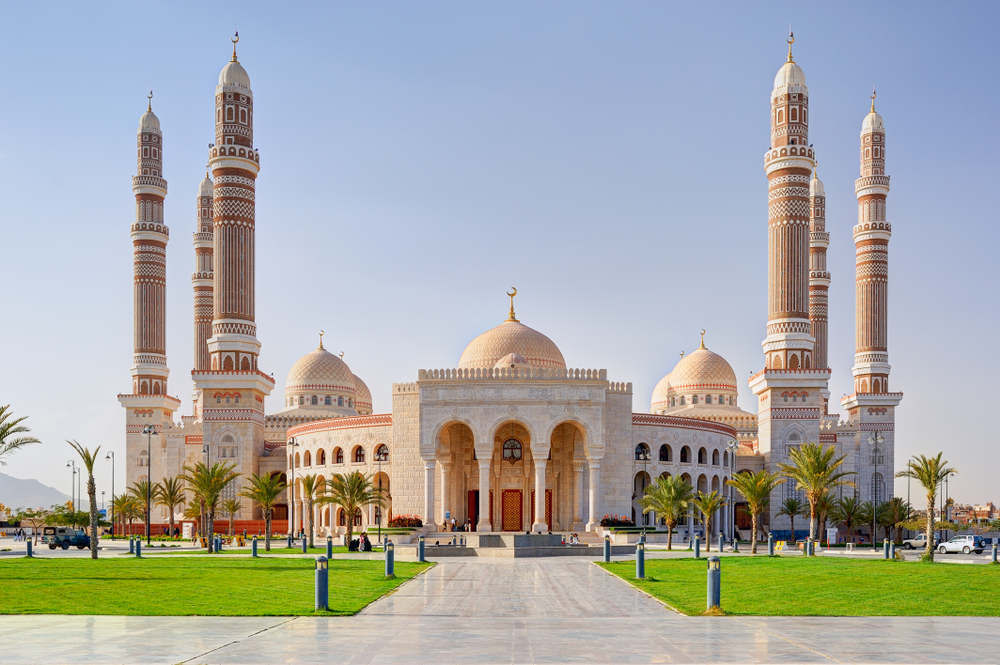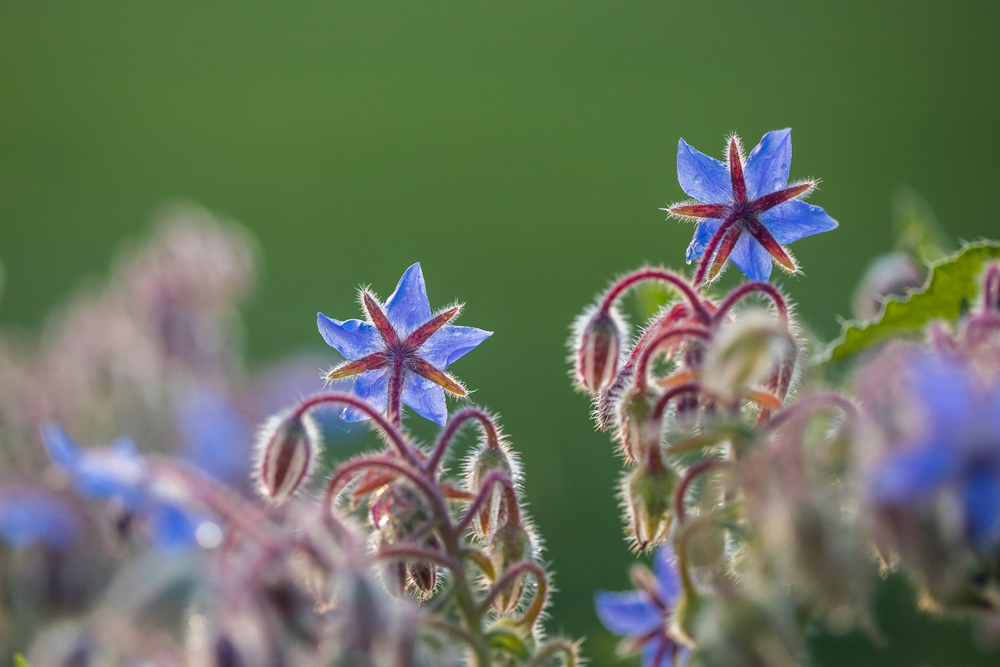The world’s forests are more than just lush landscapes; they are living testaments to Earth’s ancient history. Some of these forests have stood for millions of years, surviving ice ages, climatic shifts, and human impact. Within their towering trees and dense canopies, they hold stories of resilience, evolution, and biodiversity. These ancient forests not only serve as vital ecosystems but also as reminders of the planet’s natural legacy. In this article, we’ll explore 20 of the oldest forests on Earth, each with its own unique history and significance, offering a glimpse into a past that still thrives today.
Daintree Rainforest (Australia)
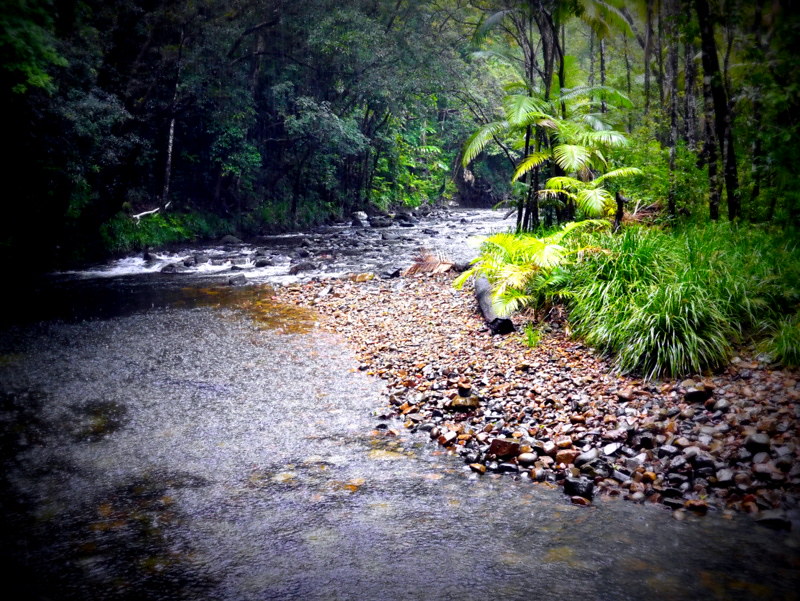
Daintree Rainforest, located in Queensland, Australia, is one of the oldest forests on Earth, with an estimated age of over 135 million years. This tropical rainforest predates the Amazon and is home to a vast diversity of plant and animal species. It survived countless climatic shifts over millennia, including ice ages, making it a living museum. Visitors to Daintree can witness rare species such as the Southern Cassowary and ancient plants like the Idiot Fruit. Indigenous tribes, such as the Kuku Yalanji, have inhabited this area for thousands of years, relying on the forest’s resources. As a UNESCO World Heritage site, it represents a critical link to Earth’s prehistoric ecosystems. Its ancient beauty and ecological significance make it a treasure for scientists and tourists alike.
Tarkine Rainforest (Australia)
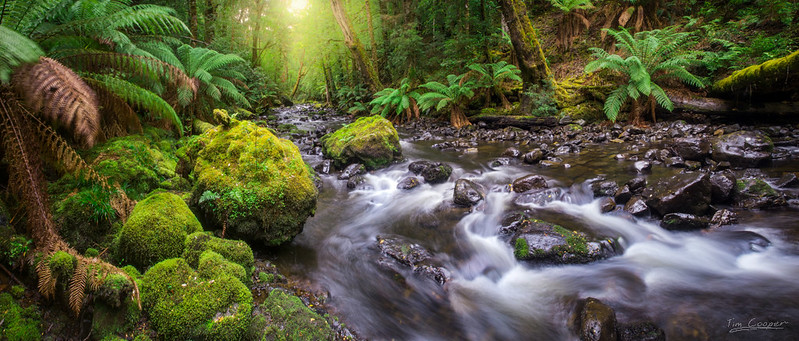
Tasmania’s Tarkine Rainforest, estimated to be around 100 million years old, is the second largest temperate rainforest in the world. This forest boasts one of the highest concentrations of ancient Gondwanan flora, connecting it to prehistoric times when Australia, Antarctica, and South America were one landmass. Tarkine is home to rare species, including the Tasmanian Devil, making it a vital ecological area. The indigenous people of the region, the Tarkiner, lived in harmony with this forest for millennia before European colonization. Tarkine’s lush ferns, moss-covered trees, and pristine rivers create a landscape that feels untouched by time. Conservationists continuously fight to protect it from mining and deforestation. Tarkine represents a sanctuary of untouched wilderness, preserving a slice of Earth’s ancient history.
Amazon Rainforest (South America)
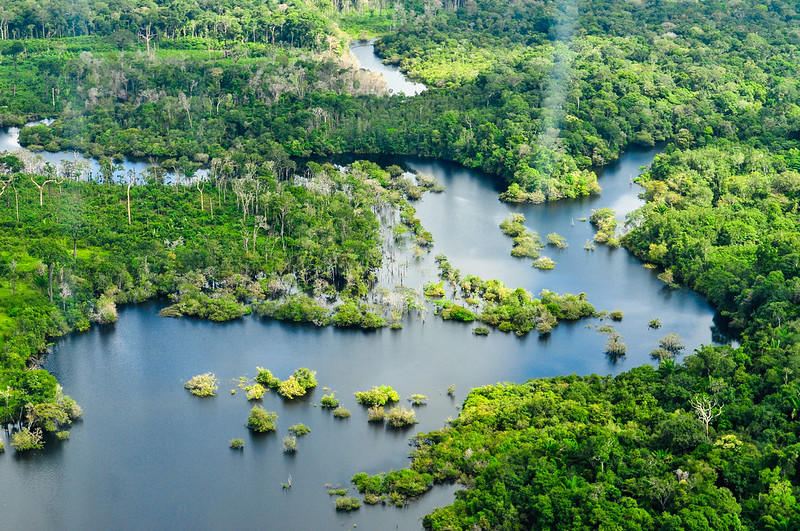
The Amazon Rainforest, estimated to be at least 55 million years old, is the largest tropical rainforest on Earth, spanning nine countries in South America. It holds more than half of the planet’s remaining rainforests and accounts for 10% of the world’s known biodiversity. Despite being younger than some forests, its age still connects to ancient times when the supercontinent Pangaea split apart. The indigenous tribes of the Amazon have depended on this forest for survival for thousands of years, coexisting with its rich biodiversity. It is often referred to as the “lungs of the Earth” due to its ability to absorb vast amounts of carbon dioxide. However, deforestation and climate change are significant threats to its survival. Efforts to protect the Amazon continue to be of global importance.
Waipoua Forest (New Zealand)
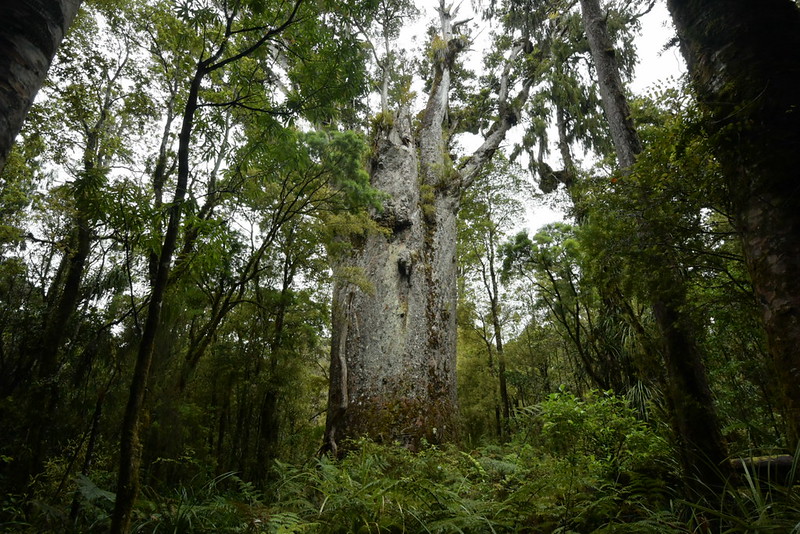
New Zealand’s Waipoua Forest, home to the ancient kauri trees, is believed to be over 2,000 years old. The forest holds the famous Tane Mahuta, a giant kauri tree named after the Māori god of forests, which is estimated to be between 1,250 and 2,500 years old. Waipoua represents a deep cultural significance for the Māori people, with many sacred sites located within its dense woods. Its ancient trees and lush flora have thrived despite the forest facing logging in the 20th century. Today, it is a protected sanctuary, preserving both the biodiversity and spiritual heritage of New Zealand. Visitors to Waipoua can walk among the towering trees and hear the calls of rare birds like the kokako. The forest is a timeless symbol of New Zealand’s natural heritage.
Białowieża Forest (Poland/Belarus)
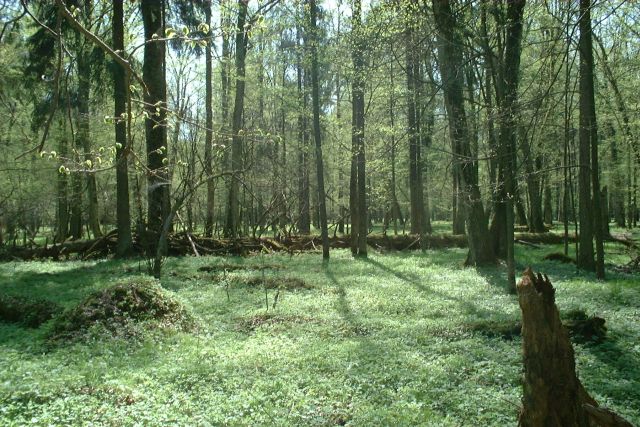
Białowieża Forest, straddling the border between Poland and Belarus, is Europe’s last remaining primeval forest. Dating back over 10,000 years, it is a relic of the vast forests that once covered much of Europe after the last Ice Age. It is also home to one of the largest populations of European bison, a species that was nearly driven to extinction. The forest holds a complex ecosystem of oak, ash, and lime trees, some of which are over 600 years old. Białowieża has been protected as a royal hunting ground since the 15th century and later became a national park. Today, its untouched beauty is a UNESCO World Heritage site. Conservation efforts strive to keep this pristine wilderness intact for future generations.
Yakushima Forest (Japan)
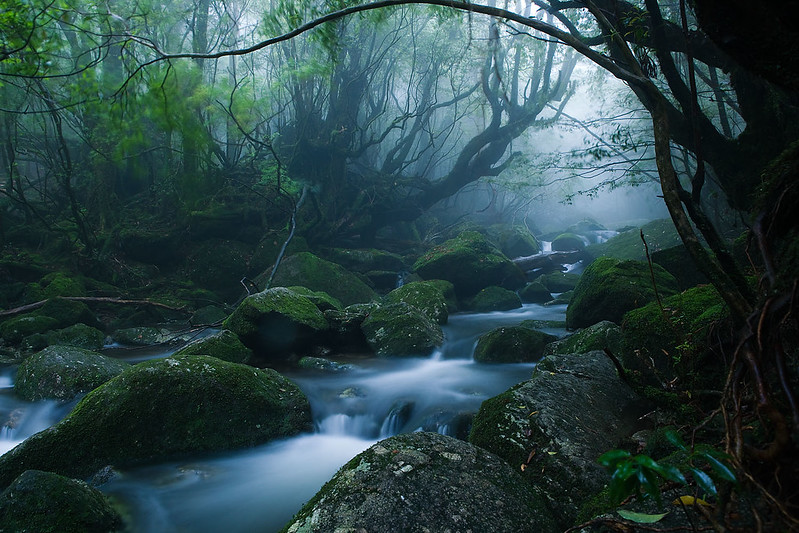
Yakushima Island in Japan hosts an ancient forest that is around 7,000 years old, with some of its iconic Japanese cedar trees, called Yakusugi, estimated to be over 2,000 years old. The island’s moss-covered trees and dense canopies inspired the scenery in Studio Ghibli’s Princess Mononoke. Yakushima’s temperate rainforests are part of a UNESCO World Heritage site due to their unique biodiversity and ancient flora. The most famous tree, Jomon Sugi, is believed to be between 2,170 and 7,200 years old. The island receives heavy rainfall, leading to a vibrant, verdant landscape year-round. Its dense forests hold a mystical quality, deeply rooted in Japan’s spiritual history. Visitors often speak of the peaceful, timeless atmosphere within this natural wonder.
Cedar Forest of Lebanon (Lebanon)
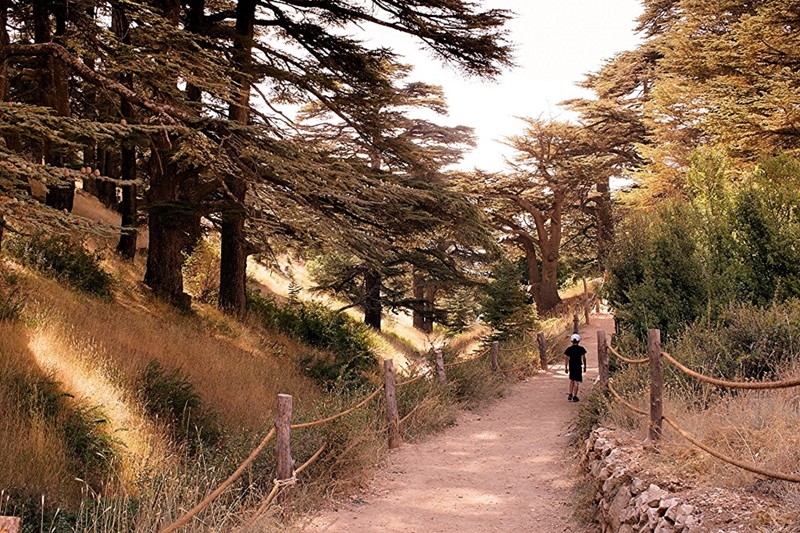
The Cedars of God, located in northern Lebanon, are the last remnants of the vast cedar forests that once covered Mount Lebanon. Some of these cedar trees are believed to be more than 1,000 years old. Cedar wood from this forest was highly prized by ancient civilizations, including the Phoenicians, Egyptians, and Romans, who used it to build ships, temples, and palaces. These trees are mentioned in several ancient texts, including the Bible, making them deeply significant in both religious and historical contexts. Over centuries, deforestation greatly reduced the cedar population, but reforestation efforts are now underway. The forest remains a UNESCO World Heritage site, symbolizing resilience and endurance. Today, it stands as a testament to Lebanon’s rich cultural and natural heritage.
Black River Gorges National Park (Mauritius)
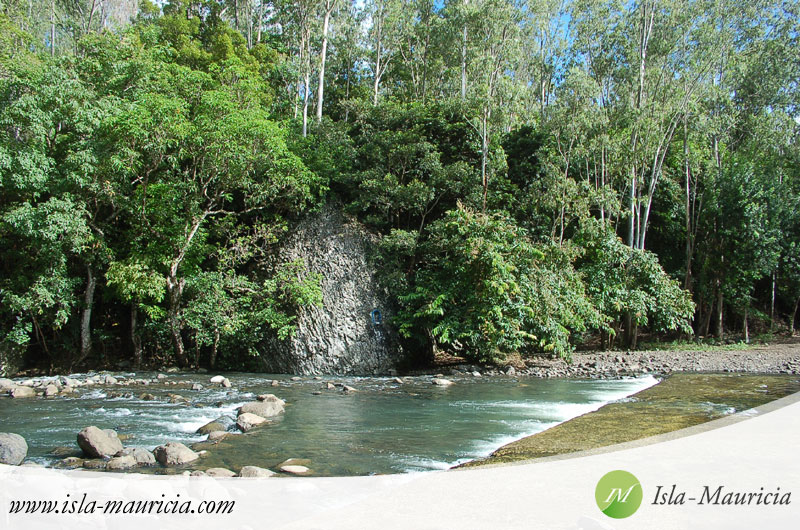
Mauritius is home to the Black River Gorges National Park, which shelters one of the oldest and most biodiverse forests in the Indian Ocean. The forest contains species that have existed for over 200 million years, dating back to when Mauritius was part of the ancient supercontinent Gondwana. Despite being relatively small in size, it houses a rich array of endemic flora and fauna, including the endangered pink pigeon and the Mauritian flying fox. The park was established to protect the island’s remaining forested areas from further human exploitation. Its dense foliage, waterfalls, and rugged mountains create a striking landscape that contrasts with Mauritius’ coastal beauty. Conservation efforts in the park aim to protect this unique ecosystem from invasive species and environmental changes.
Cairngorms National Park (Scotland)
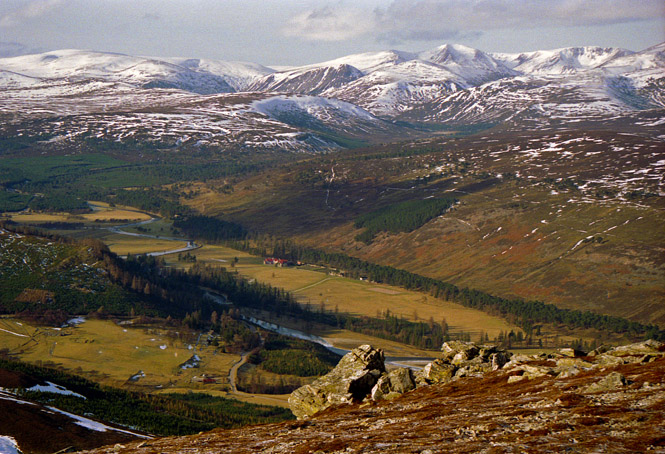
The Caledonian Forest in Cairngorms National Park is a remnant of the ancient woodlands that once spread across much of Scotland. Dating back around 9,000 years, this forest holds Scots pine trees that are direct descendants of the first trees to colonize Scotland after the last Ice Age. It is a rare example of a northern boreal forest, rich in biodiversity, with species such as red squirrels, capercaillie, and Scottish wildcats. Over time, much of the Caledonian Forest was cleared for agriculture and timber, leaving only small pockets behind. Today, restoration projects are bringing the forest back to life, reintroducing native species and encouraging natural regeneration. The Cairngorms serve as a living window into Scotland’s ancient natural past. This forest continues to be a vital part of the Scottish landscape.
Shirakami-Sanchi (Japan)
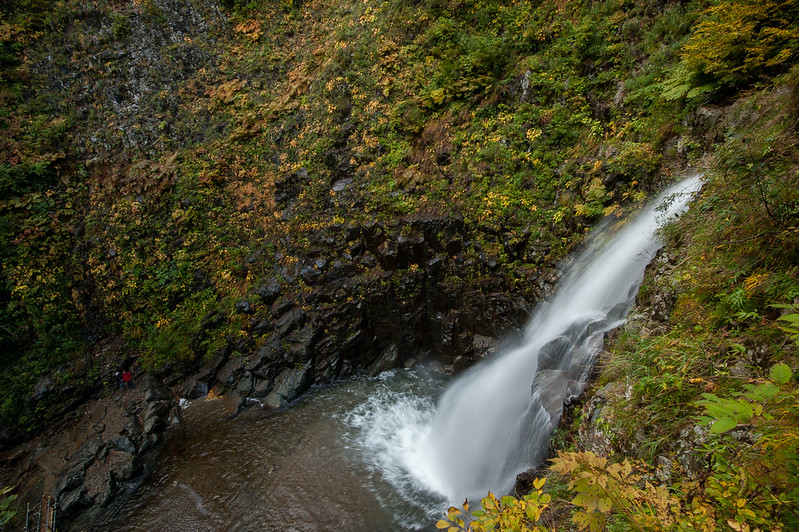
The Shirakami-Sanchi forest in northern Honshu, Japan, is a protected UNESCO World Heritage site, known for its untouched beech forest that has existed for nearly 8,000 years. This area survived the last glacial period, and its ecosystem remained largely unchanged due to its remote, mountainous location. The forest is home to diverse wildlife, including black bears, serow, and over 90 species of birds. Shirakami-Sanchi also has several pristine rivers and lakes, adding to its natural beauty. It was designated a World Heritage site in 1993 to protect its unspoiled ecosystem from logging and other human activities. Visitors who hike through its ancient trees are often struck by the forest’s serene and primordial atmosphere. The region continues to be a symbol of Japan’s rich natural heritage.
Tongass National Forest (United States)
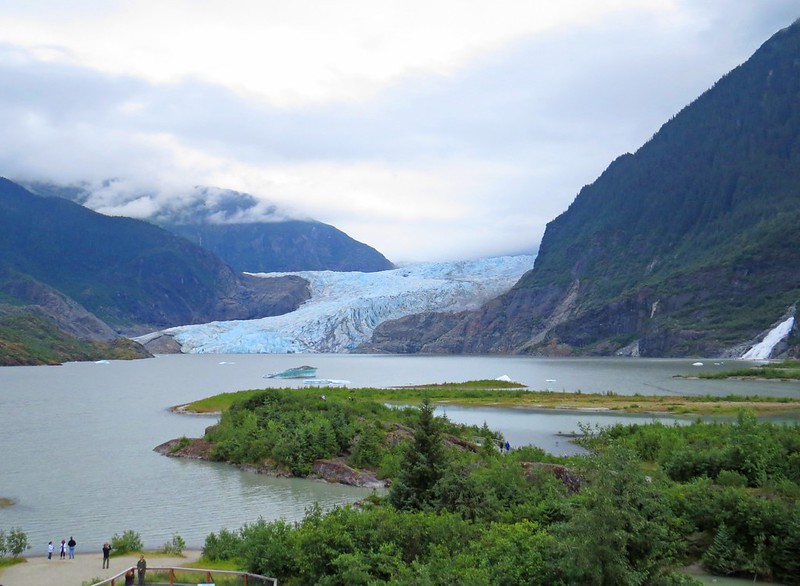
Tongass National Forest in southeastern Alaska is the largest national forest in the U.S., covering nearly 17 million acres. Much of this ancient temperate rainforest is thought to be at least 10,000 years old, with trees such as Sitka spruce and Western hemlock towering hundreds of feet into the air. Tongass provides critical habitats for wildlife, including bald eagles, brown bears, and salmon. Indigenous peoples like the Tlingit and Haida have lived in harmony with this land for thousands of years, drawing on its resources for sustenance and culture. Conservation efforts aim to protect Tongass from logging, as it also plays a vital role in absorbing carbon. Its expansive wilderness is a haven for both nature lovers and climate researchers. Tongass remains one of the last true wildernesses in North America.
Monteverde Cloud Forest (Costa Rica)
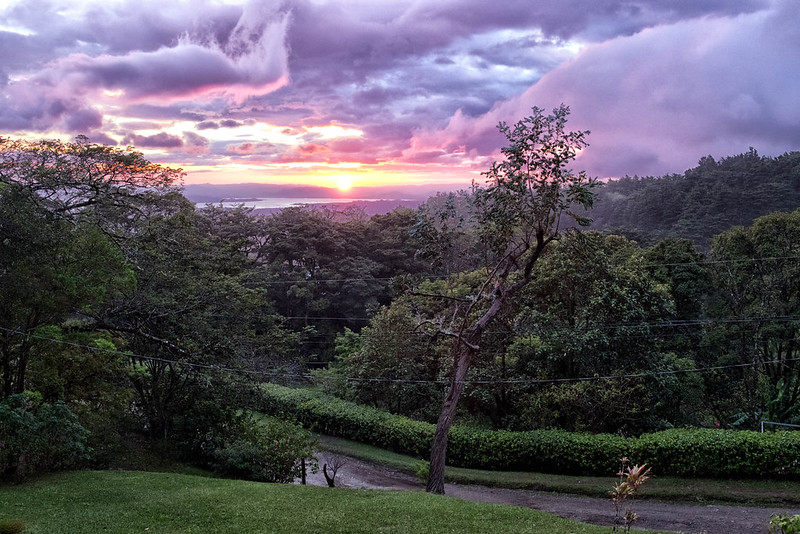
The Monteverde Cloud Forest in Costa Rica is a tropical cloud forest that has thrived for millions of years. While its precise age is difficult to determine, the forest’s unique climate, with persistent cloud cover, has allowed rare plants and animals to flourish for eons. Monteverde is home to an incredible diversity of species, including the resplendent quetzal and thousands of orchids. The forest is so biodiverse that new species continue to be discovered within its lush canopies. The indigenous people of the region, including the Maleku, have historically used the forest for food, medicine, and shelter. Today, it is a popular ecotourism destination, helping to fund conservation efforts. Monteverde’s beauty and biological importance make it one of the most treasured forests on the planet.
Sinharaja Forest Reserve (Sri Lanka)
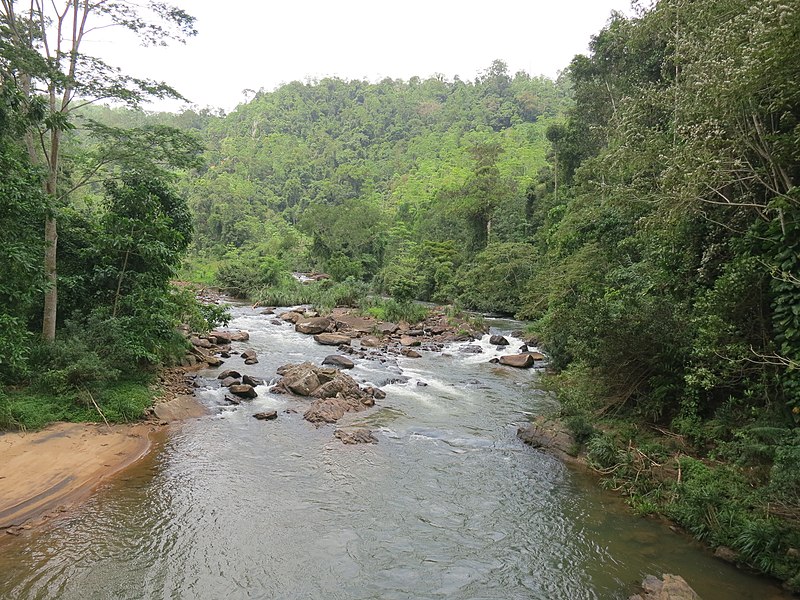
Sinharaja Forest Reserve in Sri Lanka is a tropical rainforest believed to be over 60 million years old, part of the country’s last undisturbed lowland forests. Its name, meaning “Kingdom of the Lion,” suggests a rich cultural heritage. Sinharaja is a UNESCO World Heritage site due to its remarkable biodiversity, harboring endemic species of flora and fauna. Towering trees, many exceeding 50 meters, create a dense canopy, while endangered species such as the purple-faced langur and Sri Lankan leopard roam its depths. The forest has been minimally impacted by human activity, allowing it to remain relatively intact over the millennia. Conservation efforts focus on protecting this ancient habitat from illegal logging and deforestation. Sinharaja stands as a living monument to the world’s tropical biodiversity.
Hoh Rainforest (United States)
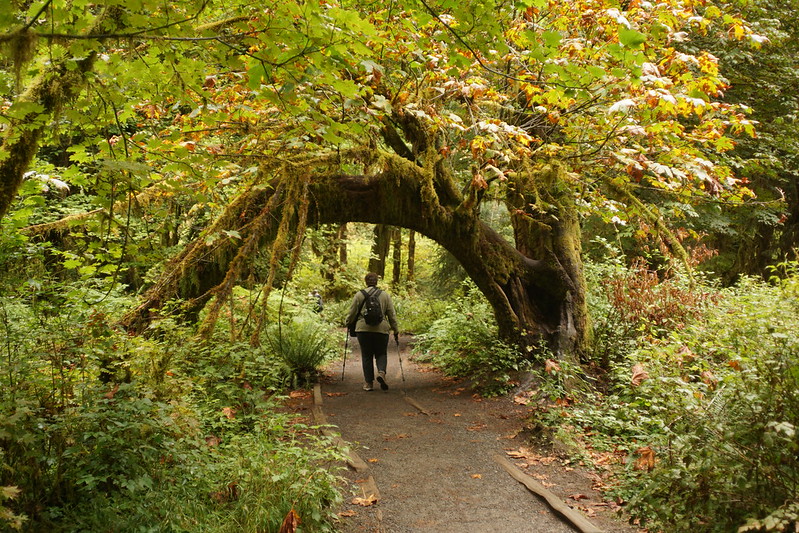
Located in Washington State’s Olympic National Park, the Hoh Rainforest is one of the oldest temperate rainforests in the United States. Thought to be around 12,000 years old, this forest emerged after the last Ice Age and is famous for its lush, moss-draped trees. It receives an average of 140 inches of rain annually, making it one of the wettest places in North America. The Sitka spruce and Western hemlock dominate the landscape, creating an ethereal, green environment. Indigenous peoples, such as the Quileute, have long lived in the region, with the forest playing a vital role in their culture. Today, the Hoh Rainforest is a UNESCO World Heritage site, attracting visitors with its otherworldly beauty. Its ancient ecosystems continue to thrive, offering a glimpse into North America’s prehistoric past.
Sundarbans (India/Bangladesh)
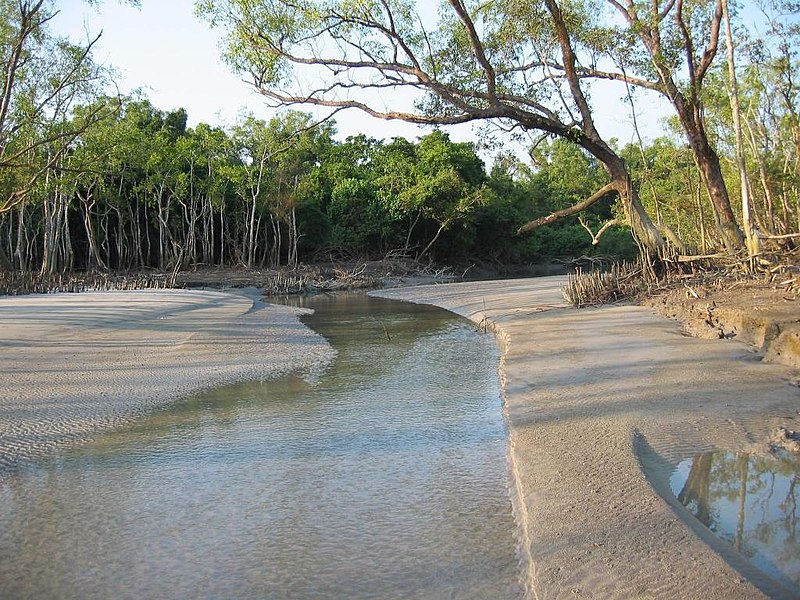
The Sundarbans mangrove forest, straddling the border between India and Bangladesh, is thought to be around 5,000 years old. Formed by the delta of the Ganges, Brahmaputra, and Meghna rivers, it is the largest tidal halophytic mangrove forest in the world. This unique ecosystem is home to the iconic Bengal tiger, as well as numerous species of fish, birds, and reptiles. The forest acts as a natural barrier against cyclones and tidal surges, protecting the coastlines of both countries. Over centuries, the Sundarbans have provided resources and livelihoods to local communities. However, rising sea levels and deforestation now threaten its delicate balance. Conservationists are working to preserve this vital ecosystem, which is not only biologically rich but also culturally significant.
Taman Negara (Malaysia)
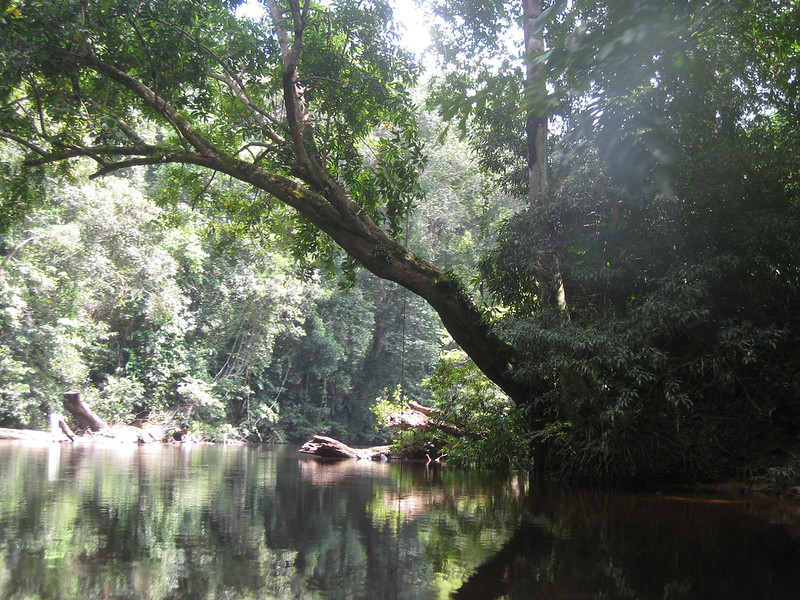
Taman Negara, located in Peninsular Malaysia, is one of the oldest rainforests on Earth, estimated to be over 130 million years old. It survived multiple climatic changes, making it a crucial reservoir of Southeast Asian biodiversity. The forest is home to rare species such as the Malayan tiger, Asian elephant, and Sumatran rhinoceros. Indigenous people, including the Orang Asli, have lived in the area for thousands of years, relying on the forest for food and medicine. Taman Negara is a popular ecotourism destination, offering visitors jungle treks, canopy walks, and wildlife spotting opportunities. Efforts to protect it from logging and agricultural expansion are ongoing. Its timeless beauty and ecological importance make it one of the most significant rainforests in the world.
Ancient Bristlecone Pine Forest (United States)
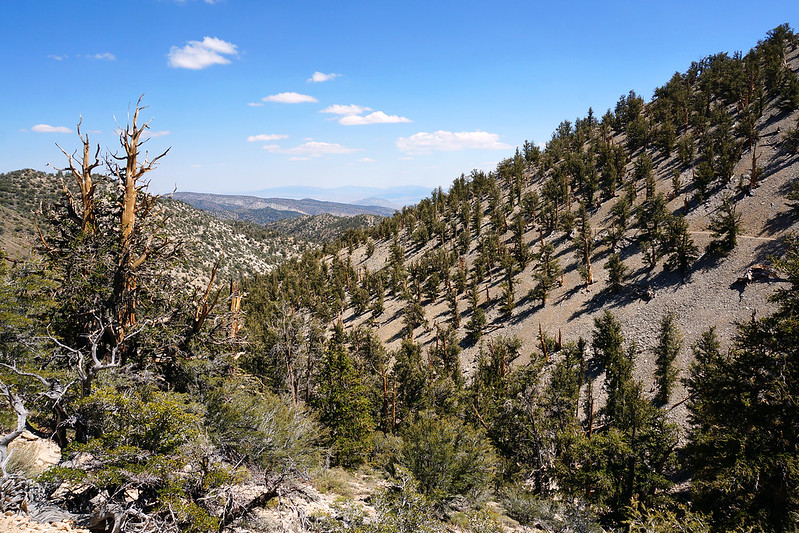
The Ancient Bristlecone Pine Forest in California’s White Mountains is home to the oldest trees on Earth, some of which are over 5,000 years old. These gnarled, resilient trees have withstood harsh climates and thin soils, thriving where few other species can survive. The most famous of these trees, Methuselah, is estimated to be 4,850 years old, making it one of the oldest living organisms. The high-altitude, dry conditions of the region help preserve these ancient trees, which grow at a slow, deliberate pace. The Bristlecone Pines’ twisting trunks and branches tell a story of survival against the odds. This forest stands as a reminder of the resilience of life over millennia. Its unique beauty draws researchers and adventurers alike, seeking to connect with Earth’s ancient past.
Great Otway National Park (Australia)
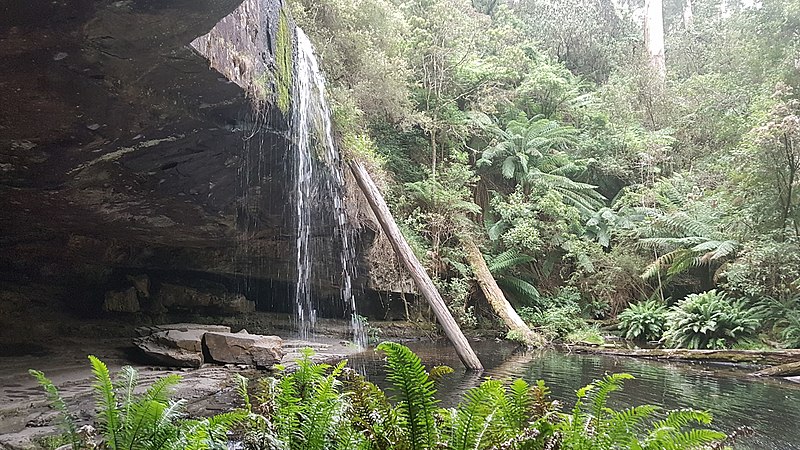
Great Otway National Park, located in Victoria, Australia, contains remnants of rainforests that have existed for over 100 million years. The ancient ferns, towering mountain ash trees, and waterfalls make it one of the most picturesque rainforests in the country. Its dense canopies are home to a wide array of wildlife, including koalas, kangaroos, and rare bird species. Aboriginal groups, such as the Gadubanud people, lived in harmony with the forest for thousands of years, using its resources sustainably. The forest has faced threats from logging and bushfires over time, but conservation efforts are ongoing. Today, it is a popular destination for hikers and nature lovers, who are captivated by its pristine beauty. The Great Otway’s ancient trees and tranquil atmosphere offer a window into Australia’s deep ecological history.
Congo Rainforest (Central Africa)
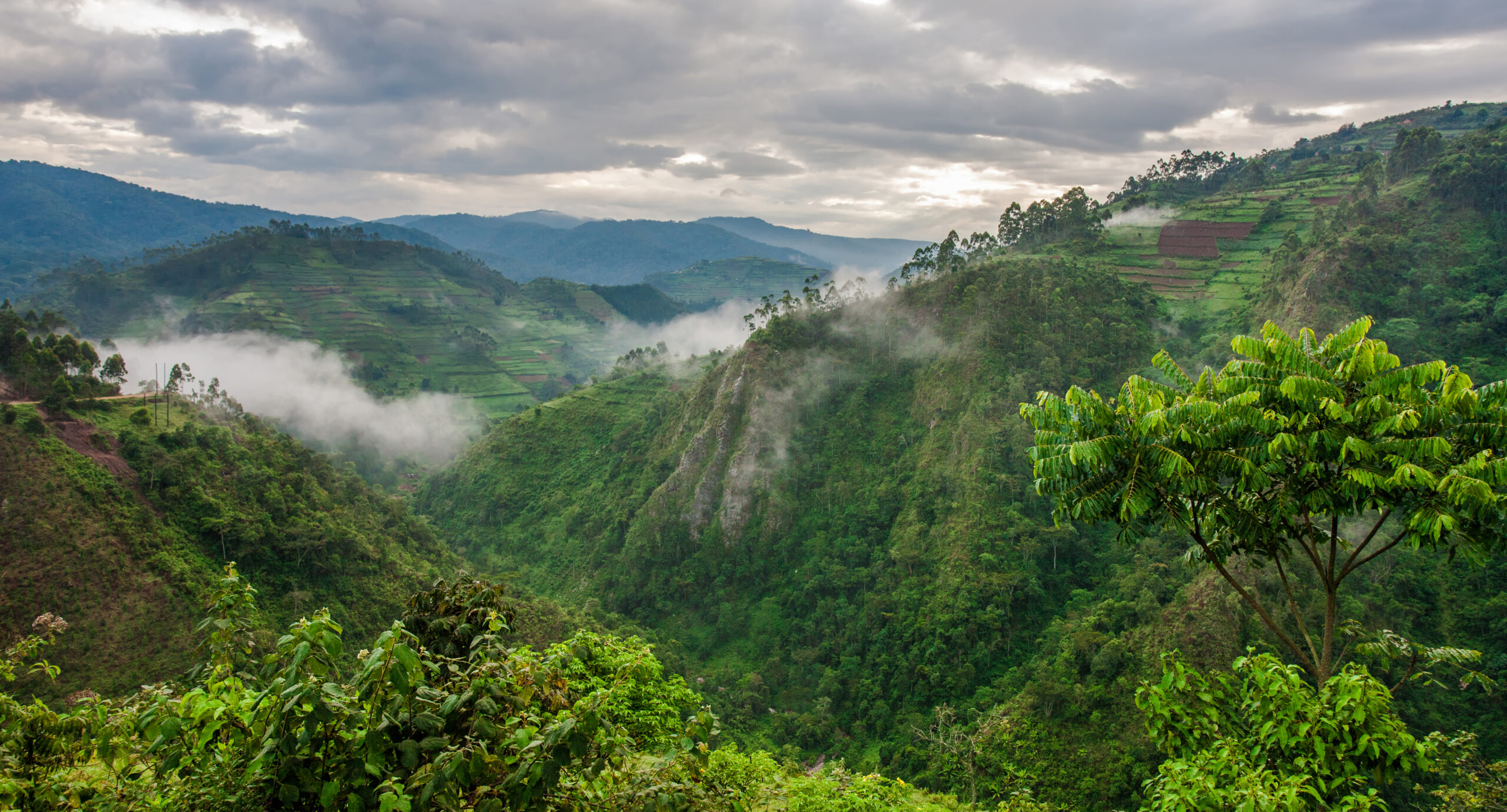
The Congo Rainforest, spanning across several countries in Central Africa, is the second largest rainforest in the world, and its origins date back at least 60 million years. It is often referred to as the “lungs of Africa,” playing a critical role in regulating the Earth’s climate. The forest is home to some of the most iconic and endangered species on the planet, such as forest elephants, mountain gorillas, and bonobos. Indigenous groups like the Baka and Pygmies have lived in the Congo for millennia, relying on its resources for their survival. Despite its vastness, the forest faces significant threats from logging, mining, and agricultural expansion. Conservation efforts focus on balancing the needs of local communities with environmental protection. The Congo Rainforest remains one of the world’s most biodiverse and ecologically vital regions.
Valdivian Temperate Rainforest (Chile/Argentina)
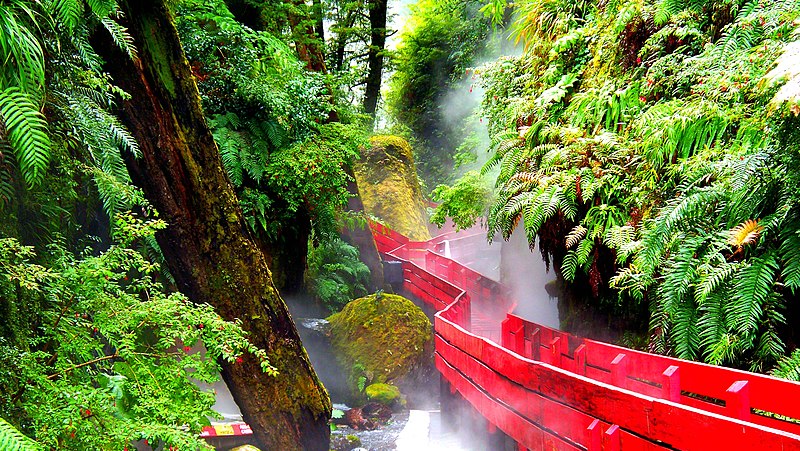
The Valdivian Temperate Rainforest, stretching across Chile and Argentina, is thought to have originated at least 40 million years ago. It is one of the world’s last temperate rainforests, home to a unique ecosystem dominated by ancient species such as the alerce tree, some of which are over 3,000 years old. The forest contains a rich variety of endemic flora and fauna, including the pudu, the world’s smallest deer, and the endangered Darwin’s fox. The Valdivian forest survived the Ice Age, protected by the Andes Mountains, which created a natural barrier against glaciers. Today, it faces threats from deforestation and invasive species, but conservation efforts are gaining momentum. The Valdivian Temperate Rainforest is a living link to Earth’s ancient past, with a wealth of biological and geological wonders.
This article originally appeared on Rarest.org.
More From Rarest.Org
Hockey is known for its speed and intensity, but some players have defied age to stay on the ice well into their 40s and 50s. These athletes not only prolonged their careers but did so at an elite level. Read more.
Mosques are not just places of worship but also architectural marvels that represent the cultural, spiritual, and artistic heritage of the Islamic world. Across the globe, these structures stand out for their immense size, intricate designs, and historical significance. Read more.
Plants have developed a fascinating array of defense mechanisms to survive in their environments. From physical barriers like thorns and hairs to chemical compounds that deter or harm predators, these adaptations help protect them from herbivores and environmental threats. Read more.


